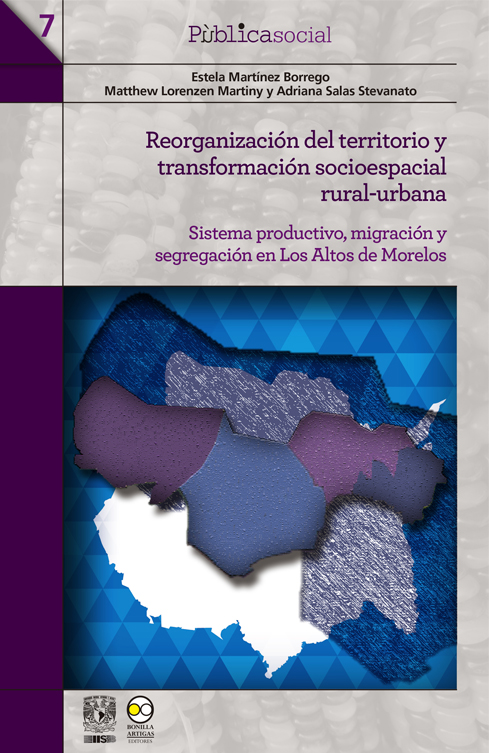Libros relacionados


|
Título: Topologies. The Urban Utopia In France, 1960-1970 | |
| Autor: Busbea, Larry | Precio: $432.00 | |
| Editorial: The Mit Press | Año: 2012 | |
| Tema: Urbanismo, Arquitectura | Edición: 1ª | |
| Sinopsis | ISBN: 9780262026116 | |
| Amid the cultural and political ferment of 1960s France, a group of avant-garde architects, artists, writers, theorists, and critics known as "spatial urbanists" envisioned a series of urban utopias, phantom cities of a possible future. The utopian "spatial" city most often took the form of a massive grid or mesh suspended above the ground, all of its parts (and inhabitants) circulating in a smooth, synchronous rhythm, its streets and buildings constituting a gigantic work of plastic art or interactive machine. In this new urban world, technology and automation were positive forces, providing for material needs as well as time and space for leisure.
In this first study of the French avant-garde tendency known as spatial urbanism, Larry Busbea analyzes projects by artists and architects (including the most famous spatial practitioner, Yona Friedman) and explores texts (many of which have never before been translated from the French) by Michel Ragon, the influential founder of the Groupe International d'Architecture Prospective (GIAP), Victor Vasarely, and others. The projects of the spatial urbanists were in large part a response to the government's planning policies, its Kafka-esque bureaucracy, and its outdated institutions, which they considered the first obstacles to the implementation of their radical urban designs. But even though the spatial city was conceived as progressive, by the end of the 1960s some critics had begun to question its ideological foundations. Topologies maps the literal and metaphorical topologies of spatial urbanism, describing and documenting its projects and locating it within an international network of experimental architectural practice that also included the Situationist International, Archigram, the Metabolists, Architecture Principe, Superstudio, and others. Even at its most fanciful, Busbea argues, the French urban utopia provided an image for social transformations that were only beginning to be described by cultural theorists and sociologists. The designs of spatial urbanism anticipated the ambivalence that would greet the arrival in France of capitalist modernity and globalization, marking both the apex and the end of the technological optimism of the postwar years. .About the Author Larry Busbea is Assistant Professor in the Department of Art History at the University of Arizona. Endorsements "Busbea's superb synthesis of France's urban utopia in the 60's is the first attempt to map out the entire era that made the future city a cultural reality. Like a phantom limb, the topological model that it offers never quite existed as such, but its presence can be felt all the more keenly that it extends rhizomatically beyond the architectural avant-garde that has long claimed to embody it." Sylvere Lotringer, Professor of French Literature and Philosophy, Columbia University, and Editor of Semiotext(e) "In our technology-driven present, the French urban utopias of the 1960s come back to haunt us with uncanny poignancy. Larry Busbea's archaeological excavation of the faded urban-architectural dreams of the cybernetic sublime, the integrated spectacle, and the postindustrial spatial environment brilliantly conjures with the ghost of a modernism that has reached the limit point of its faith in total systems of design." Joan Ockman, Director, Temple Hoyne Buell Center for the Study of American Architecture, Columbia University "Larry Busbea offers the first detailed investigation of the extravagant spatial schemes imagined during a fertile decade by a cluster of Paris-based artists, engineers, and architects. Marginalized after the 1968 students' and intellectuals' revolt because of their technocratic accents, these bold designs are skillfully mapped in their ideologies, their ambitions. |
||
Librería Bonilla SA de CV © Todos los derechos reservados. 2019
Última actualización: Jul 2019






